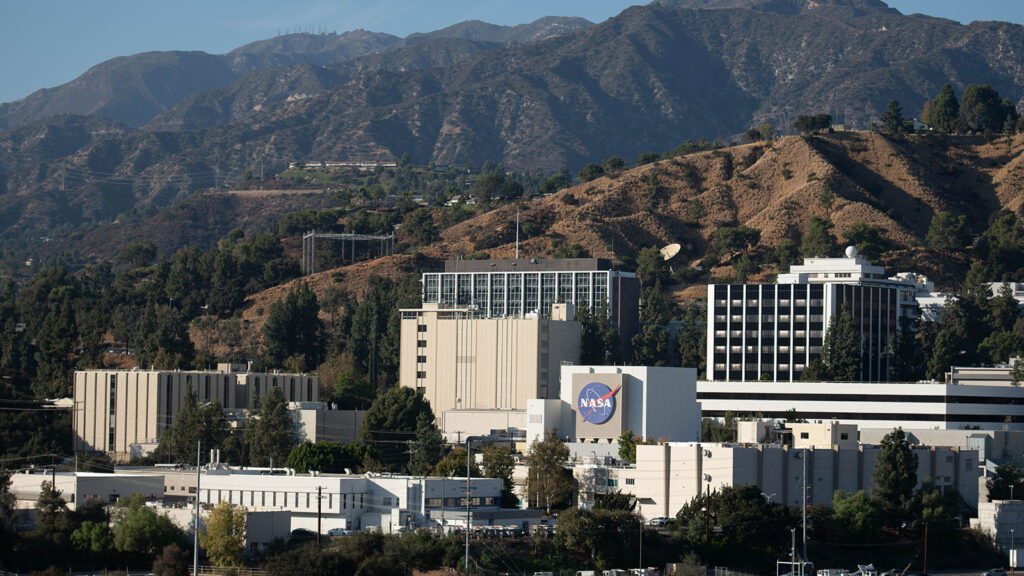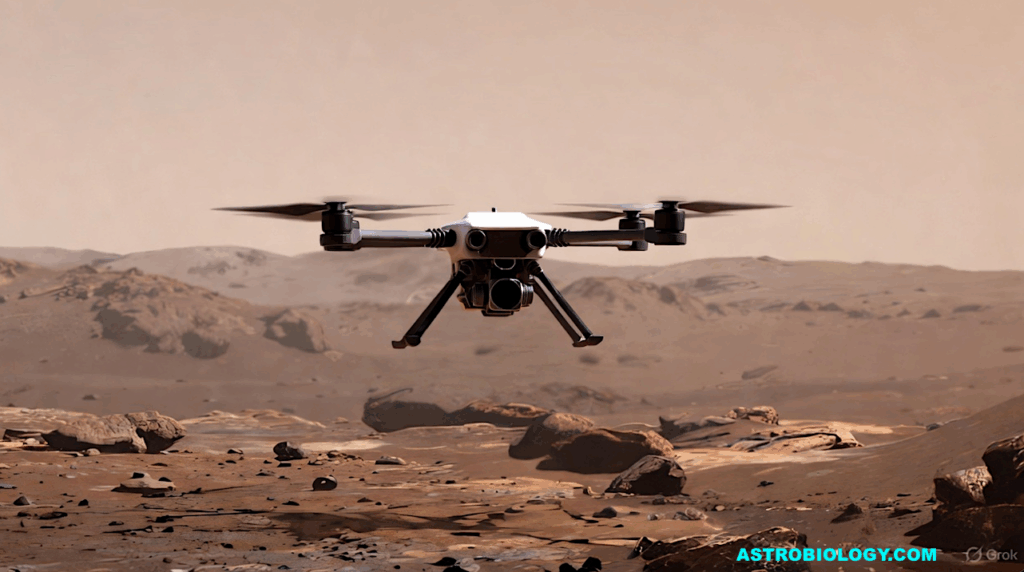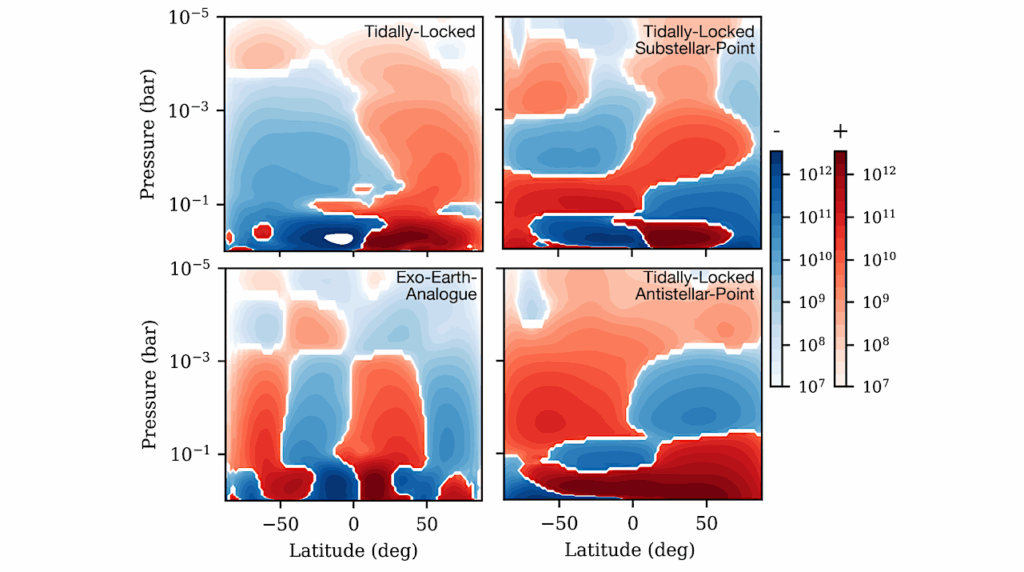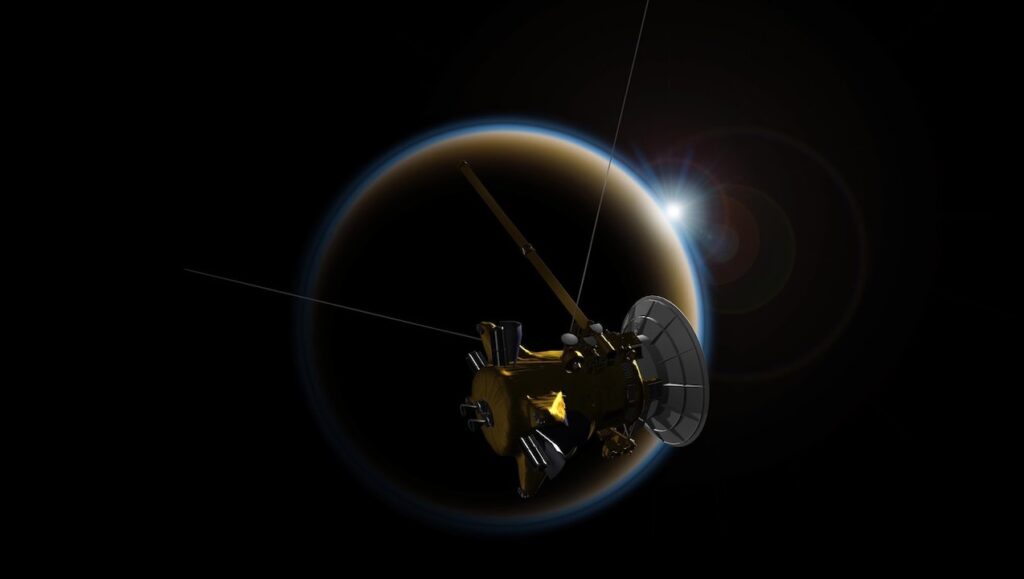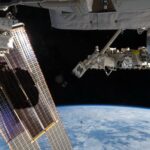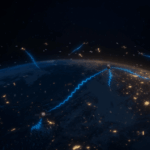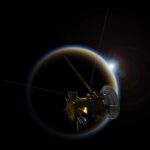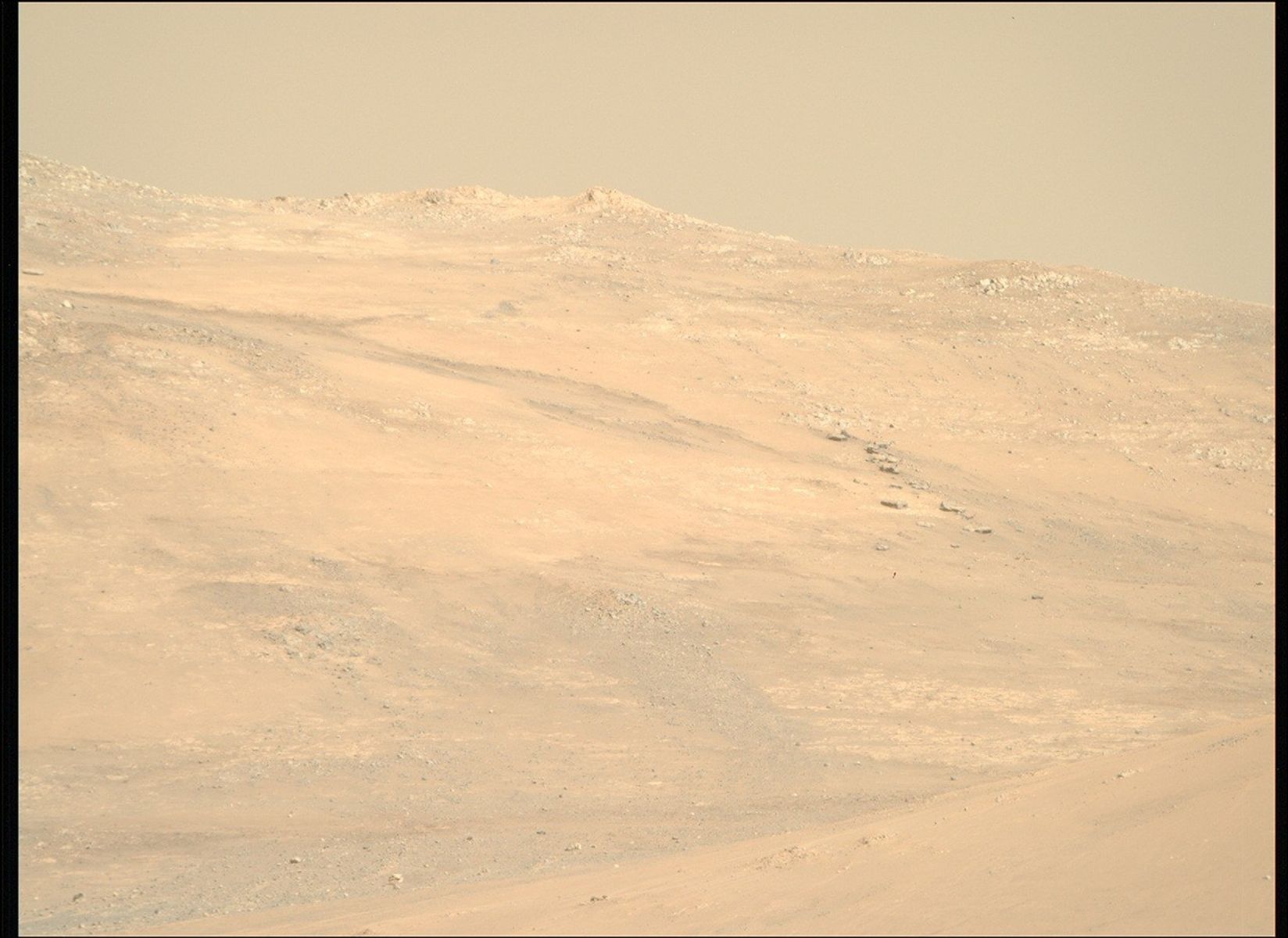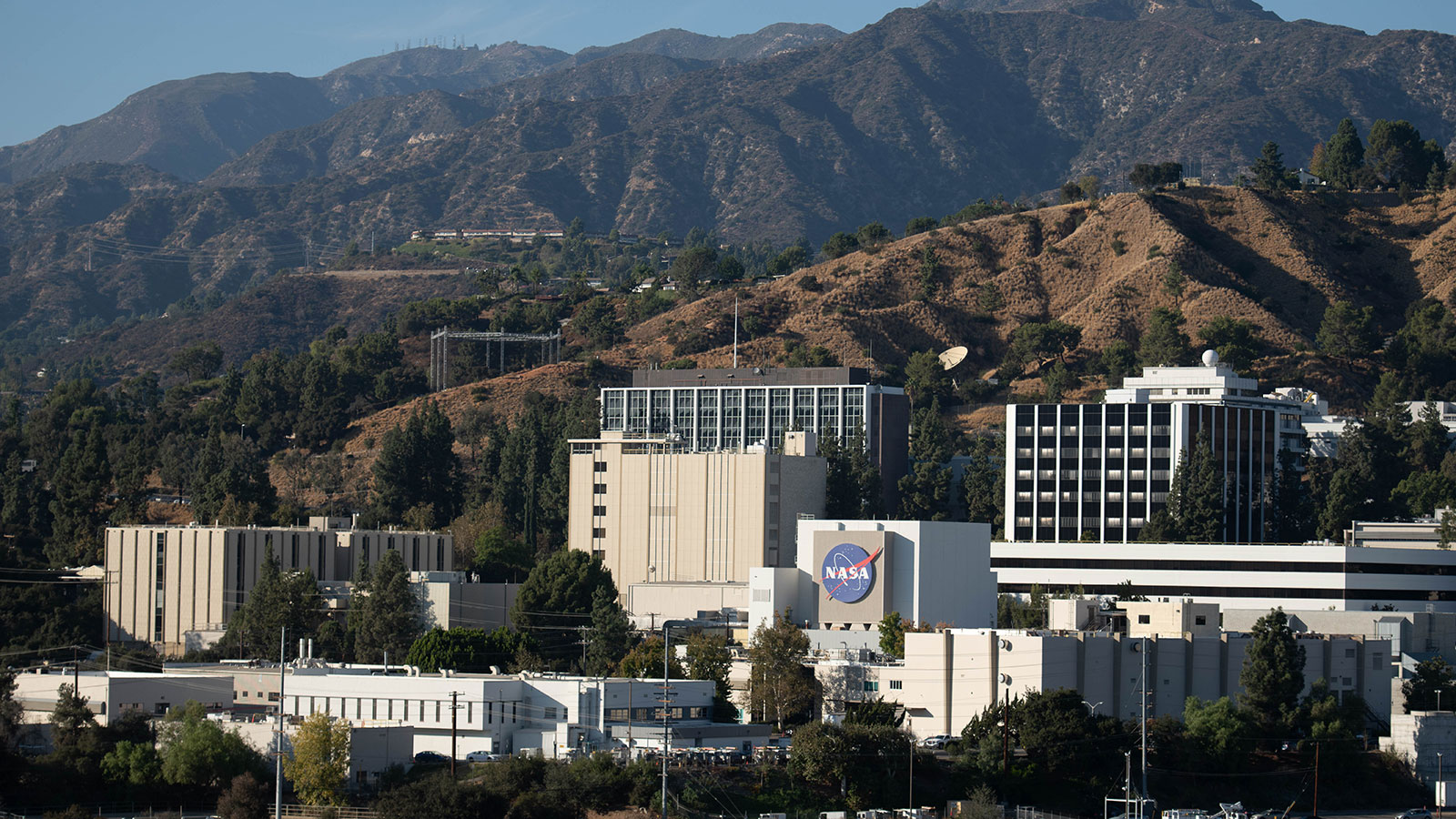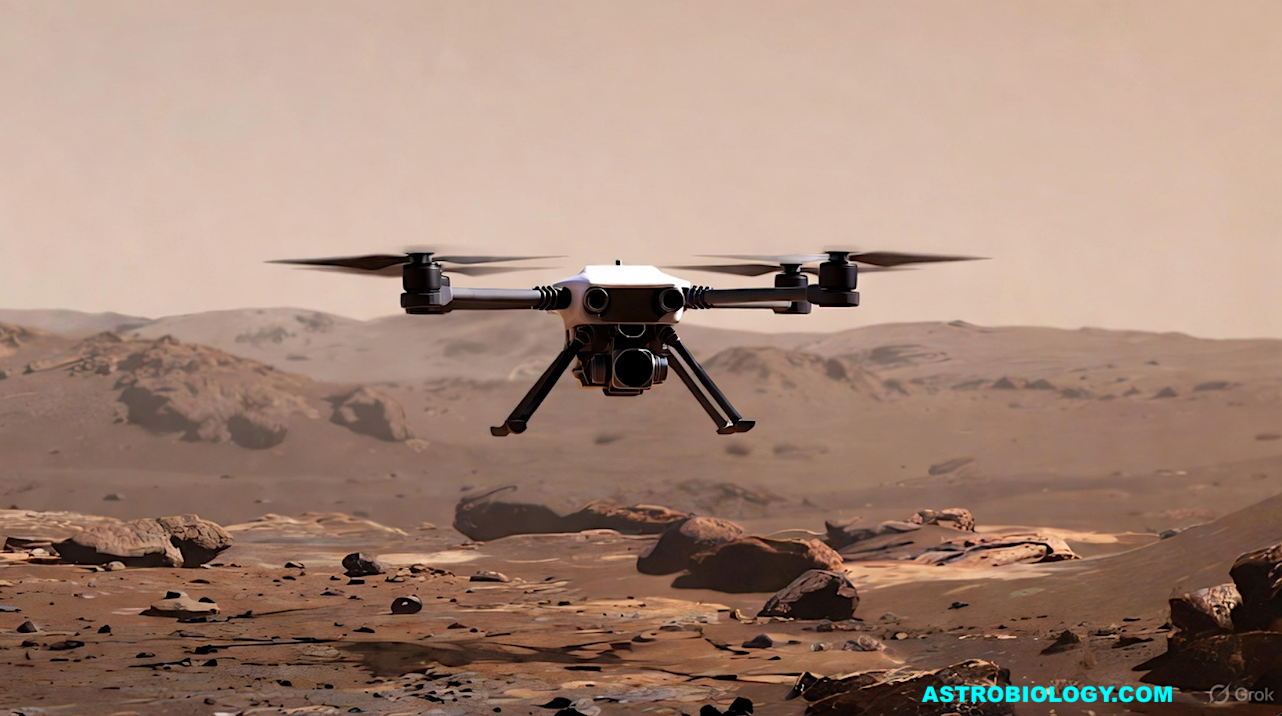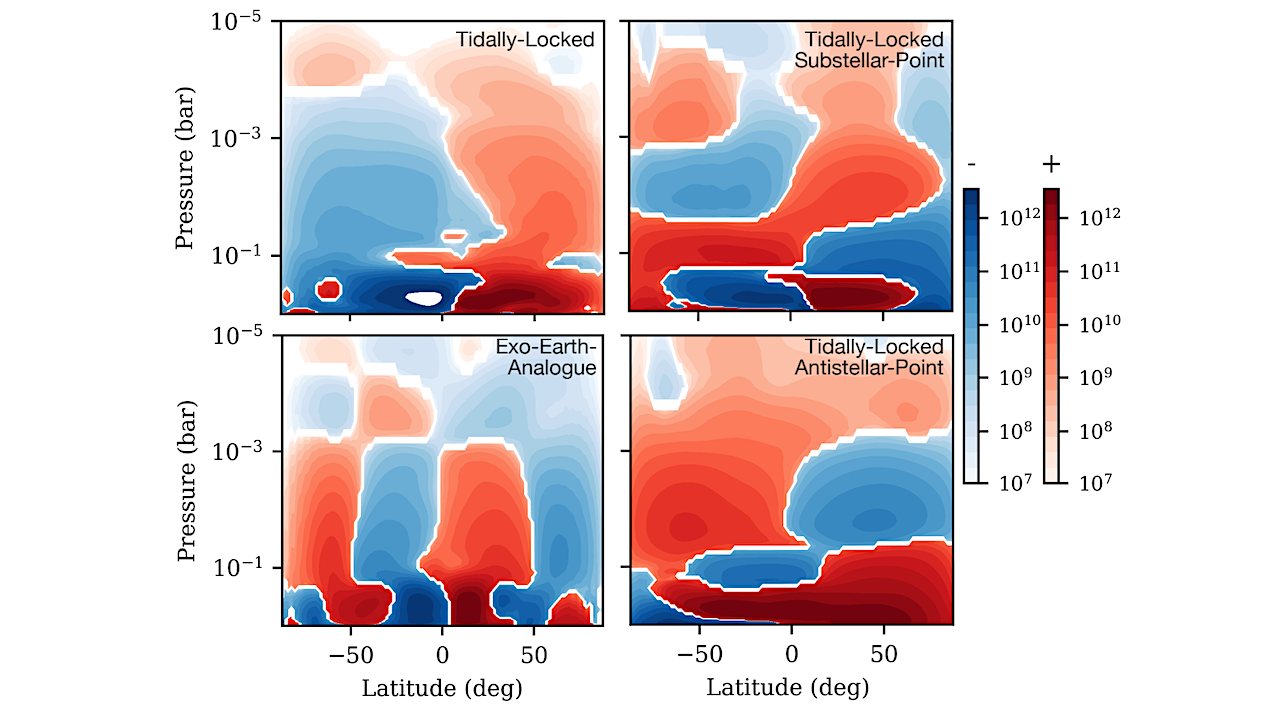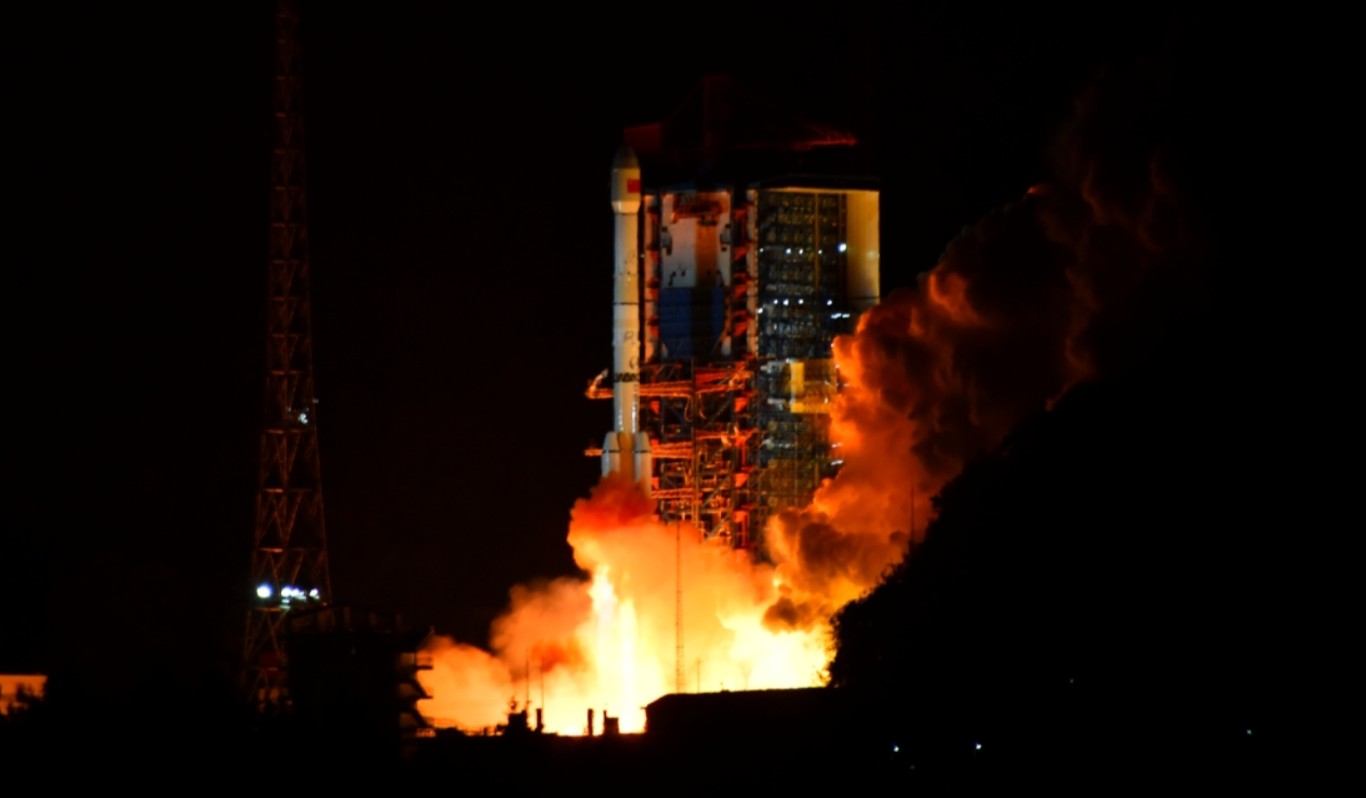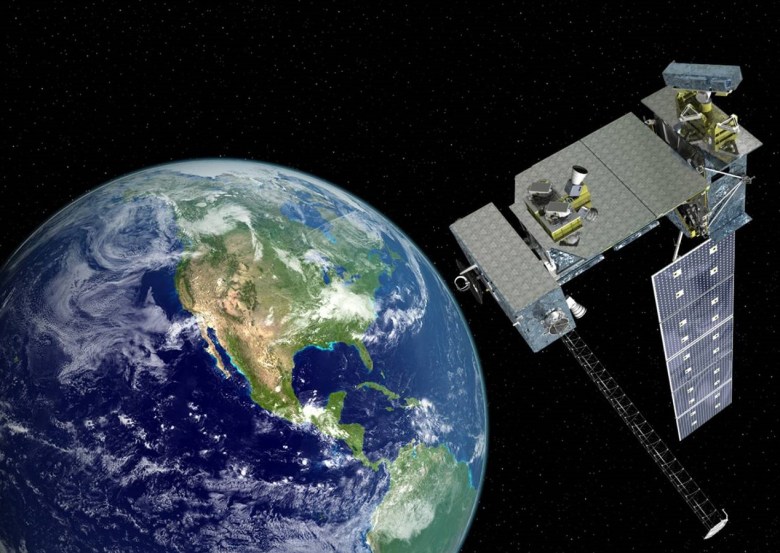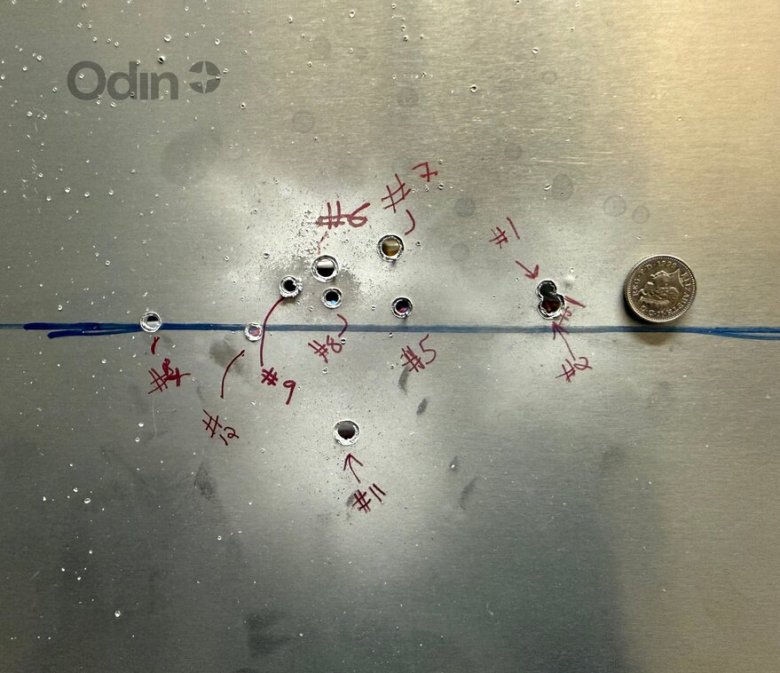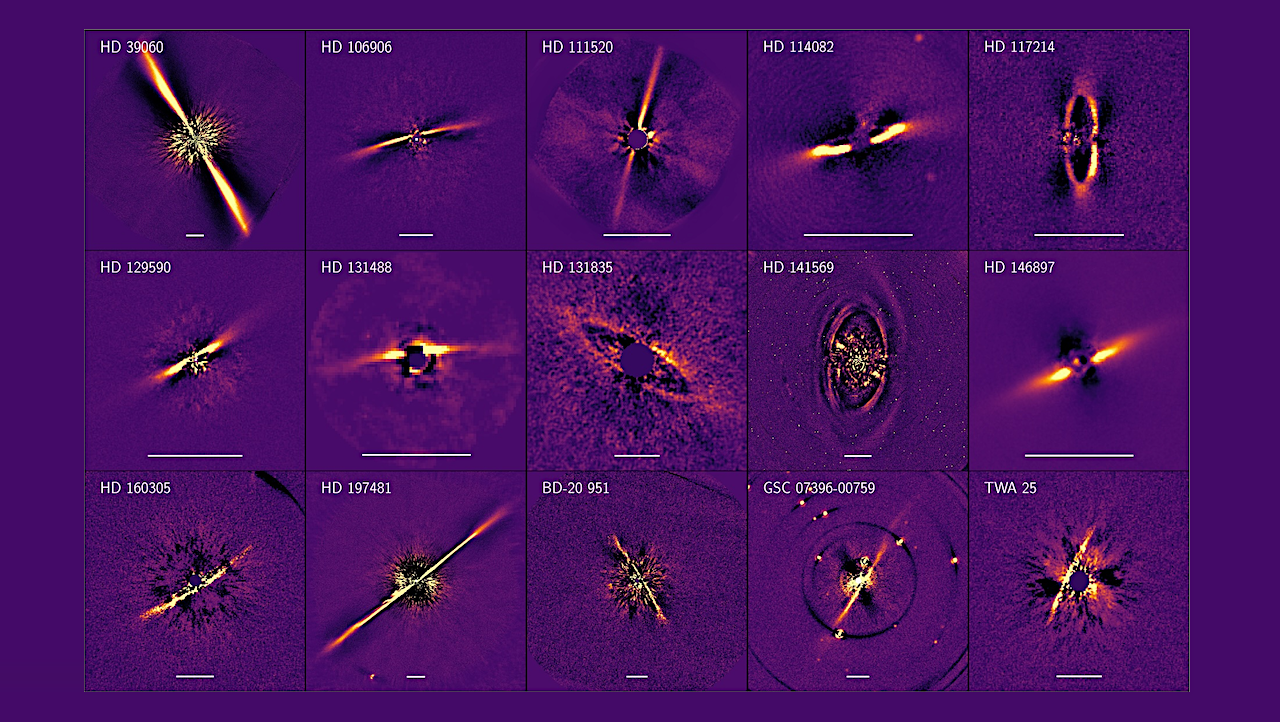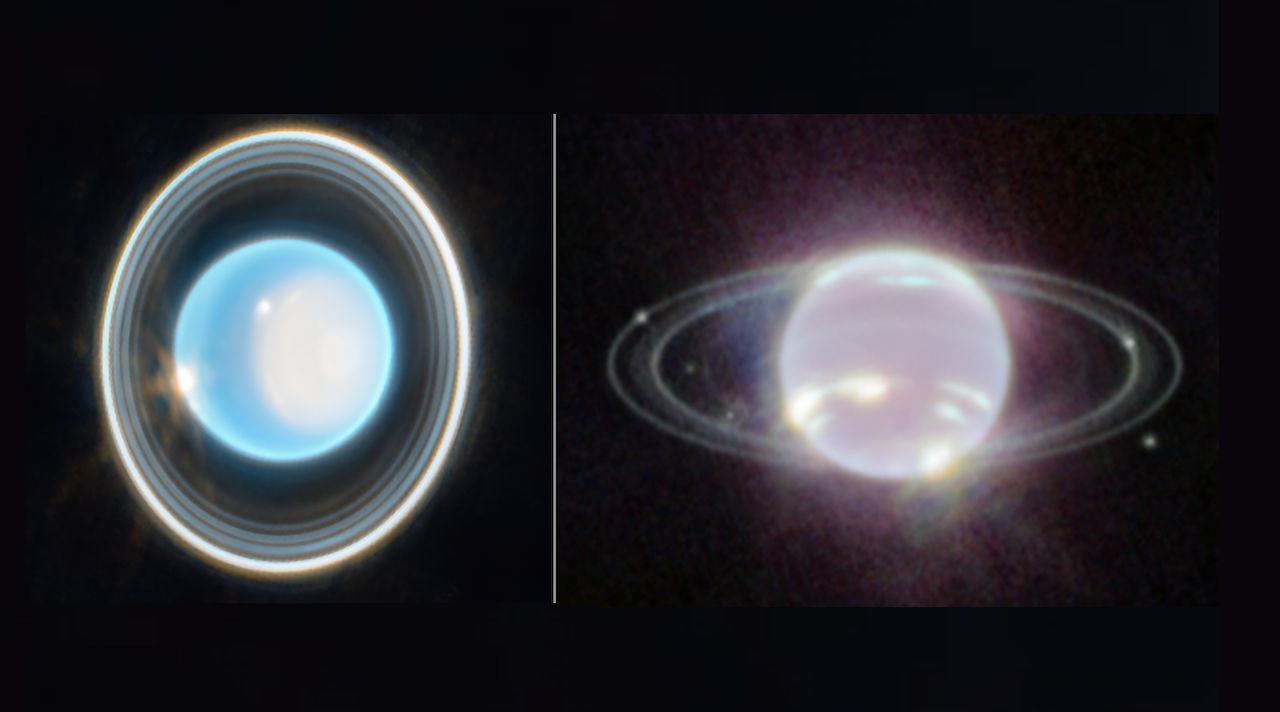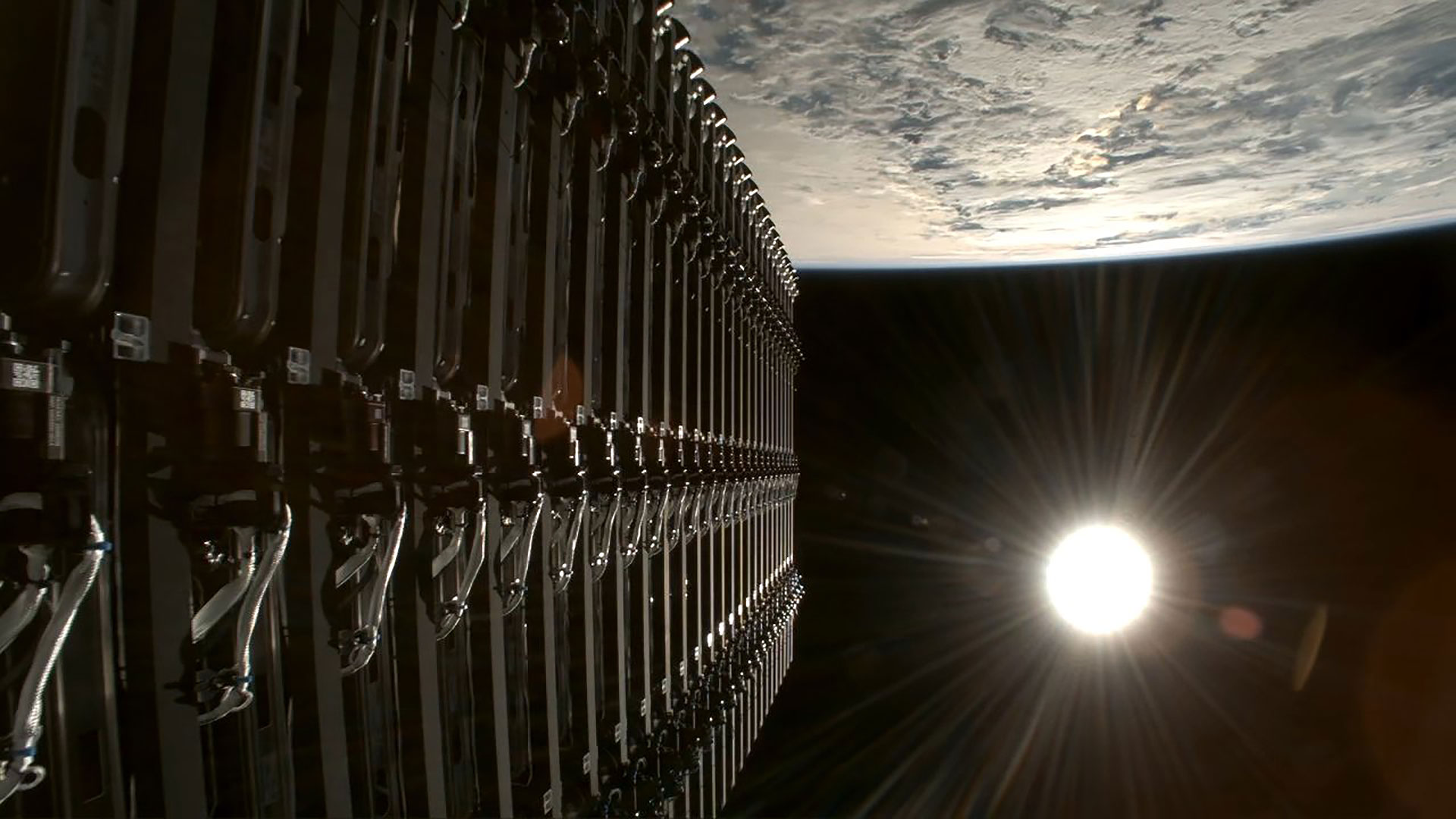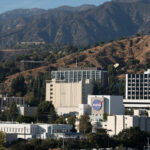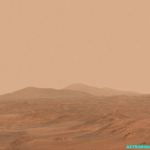TAMPA, Fla. — Two defense technology companies from Norway and Germany have joined forces to bolster Europe’s sovereign intelligence and communications capabilities, with plans to start deploying small satellites in
HELSINKI — China continued a surge in launch activity with a pair of missions Tuesday, adding to an opaque satellite series and launching new remote sensing satellites. The first launch
GOLDEN, CO — A university team has found that small orbital debris could emit radio bursts as they collide or approach each other in space. The signal can be detected with
SAN FRANCISCO – British startup Odin Space raised $3 million in a seed round to begin commercializing tiny sensors to map and analyze sub-centimeter orbital debris. With its first sensor
Images of the total intensity of scattered light from debris disks detected with IRDIS, IFS, or ZIMPOL. The white bar at the bottom of each image corresponds to 1″. In
“Star Trek: Starfleet Academy” is approaching at warp speed, with the first pair of episodes for its 10-chapter debut season due to arrive on Jan. 15, 2026. Last week, Paramount+
(left) This zoomed-in image of Uranus, captured by Webb’s Near-Infrared Camera (NIRCam) Feb. 6, 2023. The planet displays a blue hue in this representative-color image, made by combining data from
The transit of Venus across the sun on 5 June 2012 observed in 5 SDO channels. The black dots represent the path of Venus and do not depict the actual
Toward Process-Driven Research in Astrobiology – Grok via Astrobiology.com Biological activity has shaped environments across Earth with varying degrees of impact throughout geological time, which complicates efforts to distinguish signs
The launch of a new batch of SpaceX Starlink satellites lit up the predawn sky in southern California today (Dec. 10) as the company marked its 160th flight of a
-
 01From Polymerization-Enabled Folding and Assembly to Chemical Evolution: Key Processes for Emergence of Functional Polymers in the Origin of Life
01From Polymerization-Enabled Folding and Assembly to Chemical Evolution: Key Processes for Emergence of Functional Polymers in the Origin of Life -
 02Panasonic Leica Summilux DG 15mm f/1.7 ASPH review
02Panasonic Leica Summilux DG 15mm f/1.7 ASPH review -
 03How New NASA, India Earth Satellite NISAR Will See Earth
03How New NASA, India Earth Satellite NISAR Will See Earth -
 04And Thus Begins A New Year For Life On Earth
04And Thus Begins A New Year For Life On Earth -
 05Astronomy Activation Ambassadors: A New Era
05Astronomy Activation Ambassadors: A New Era -
06SpaceX launch surge helps set new global launch record in 2024
-
 07Two Black Holes Observed Circling Each Other for the First Time
07Two Black Holes Observed Circling Each Other for the First Time


